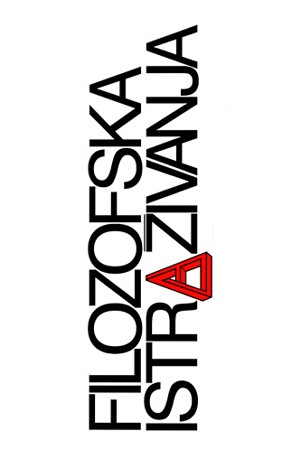Matematika i mišljenje svrhe sveg mislivog u Platona
Mathematics and Thought of the Purpose of the Intelligible in Plato’s Work
Author(s): Ćiril ČohSubject(s): Philosophy, History of Philosophy, Ancient Philosphy
Published by: Hrvatsko Filozofsko Društvo
Keywords: Plato; first principles; chora; topos; escape into logoi; continuous analogy; Plato’s line; ideal numbers; noetic mathematics;
Summary/Abstract: The paper considers Plato’s exposition of the teaching on the Good itself in the Republic, and the teaching about first principles in Timaeus and Phaedo. The starting point is to take Plato’s proposition that the Good itself can be observed in its own place, that is, in its chora (Resp. 516b4–7). Such an observation is the observation of the Good itself by itself, and not in the image or in the illusion. The escape into logoi in Phaedo is not only the escape into language that presupposes ideas, but rather the escape into logoi which participate in the continuous analogy. The analogy dominates throughout the exposition of the first principles in Timaeus. Applied to the line in the Republic, it transforms that line from a mere analogy with a geometric example into the line on which the place chora differs from the place topos. Such a line enables watching the Good itself in its own chora. It belongs to a different mathematics which we can call noetic.
Journal: Filozofska istraživanja
- Issue Year: 37/2017
- Issue No: 04/148
- Page Range: 797-812
- Page Count: 16
- Language: Croatian

